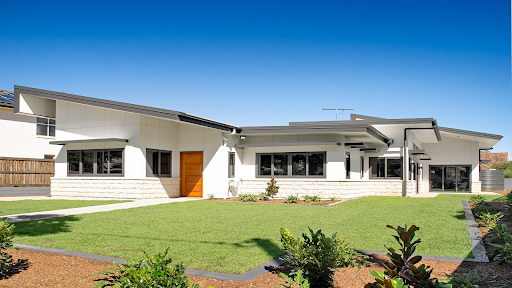The bushfire season that occurred in Australia in 2019-2020, now known as the “Black Summer,” was the worst in recorded history. The fires were simply never seen before. By March 2020, fires had scorched 18.6 million hectares of land, destroyed countless buildings (including 2,779 homes), and unfortunately claimed the lives of 34 people. Additionally, nearly 3 billion animals, including endangered and threatened species, were either eliminated or relocated.
A lot of individuals are nervous when they learn that the land they own or are considering buying has a BAL rating. While the advancements in the construction industry have resulted in a wide variety of fantastic materials for environmental house design in bush-fire-prone areas, available in a rainbow of colours and styles.
Read on to learn about some of the best options for constructing a one-of-a-kind dwelling without worrying about bushfires.
Table of Contents
Environmental house design materials
Defensible timber structures
Timber is among the most important building elements for a contemporary, beautiful house. Timber’s natural beauty and versatility make it ideal for a wide variety of environmental house design applications, from interior paneling to outside battens. Timber also assists with this transition by blending in wonderfully with the natural environment of homes situated in scenic wilderness.
On the contrary, timber is an acceptable building material for BAL-rated structures, and it can be used for flooring, cladding, and decking. It goes without saying that you should use fireproof wood like Blackbutt or spotted gum. These species are not only exceptionally long-lasting and safe around fire, but they also yield an attractive surface treatment.
Steel
A home that is fireproof must have a solid foundation and sturdy construction. In this context, steel is indispensable. Steel frames for houses are superior to wood ones in terms of longevity, portability, and value. Additionally, steel is inflammable and will not contribute to bushfires.
Corrugated steel cladding is another way to bring steel into the house. Corten steel, with its signature weathered appearance and rusty orange colour, is another possibility. Its startling modern appearance on environmentally friendly house designs is particularly noteworthy.
Composite cement panels
However, fibre cement panels are just beginning to gain popularity in Australia. Panels made from fibre cement are suitable for use on buildings with a BAL rating, giving you more options for your home’s exterior. Since they are thinner than traditional panels, they won’t add much bulk to the walls, so they’ll take up less space than other cladding options.
Fibre cement panels have come a long way from their humble beginnings as flat sheets employed mostly in damp settings. Options for fibre cement cladding now range from Matrix cladding and texture cladding to grain-patterned Axon cladding. There appears to be an infinite number of possibilities.
Brickwork
The lowly brick is one of the most widely used building materials with a BAL rating. When subjected to the immense heat and flames of a bushfire, brick has an exceptionally high level of fireproofing and is regarded as a non-combustible building material.
Various brickwork choices are available, such as fibre-cement panels. You can install a red brick accent wall on the inside, go with a sleek black exterior, or go with the tried-and-true brown exterior.
Using a variety of BAL-rated materials, such as fibre cement cladding, red brick, and fire-resistant lumber is one of the greatest methods to construct a new home in a bushfire-prone area without sacrificing aesthetics.
Conclusion
When it comes to creating a healthy and environmentally friendly home, green architects are invaluable. These crucial characteristics help safeguard your home from bushfires and the environment, whether you’re building a new one or renovating an old one.

